The Topper Site, South Carolina
The Clovis in the Southeast Conference was held between 26 and 29 Ocotober 2005 in Columbia, South Carolina. Albert Goodyear organized the meeting and provided the main attraction, information about the Topper Site. The Topper site is noted for having possible Preclovis occupations stratified under Clovis materials. One object of the conference was to convincing attendees that there were real Preclovis occupations at Topper. A tour of the Topper site was conducted as part of the conference.
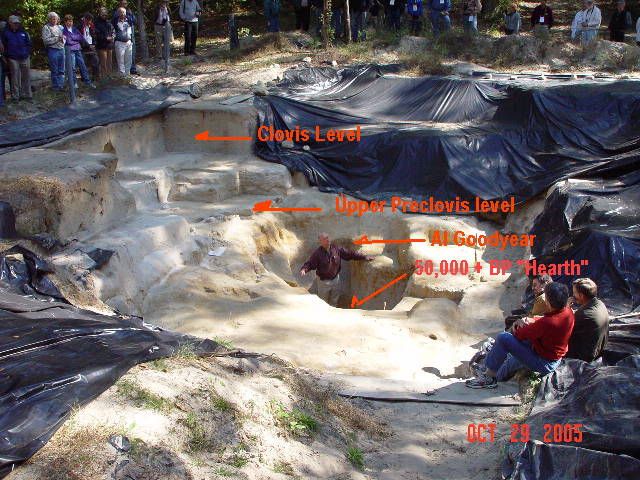
Figure 1: Albert Goodyear telling all the Clovis in the Southeast Conference attendees about the Topper Site.
Albert Goodyear presented a paper about the Preclovis occupations at Topper as part of the formal presentations at the conference. During the tour of Topper, he showed conference attendees where various items were found. Topper includes the main excavation trench, shown in Figure 1, and additional trenches up the hill from the main trench. Preclovis materials have only been recovered from the main trench, the other areas have produced more evidence of the Clovis use of the site (primarily as a quarry/lithic manufacturing site).
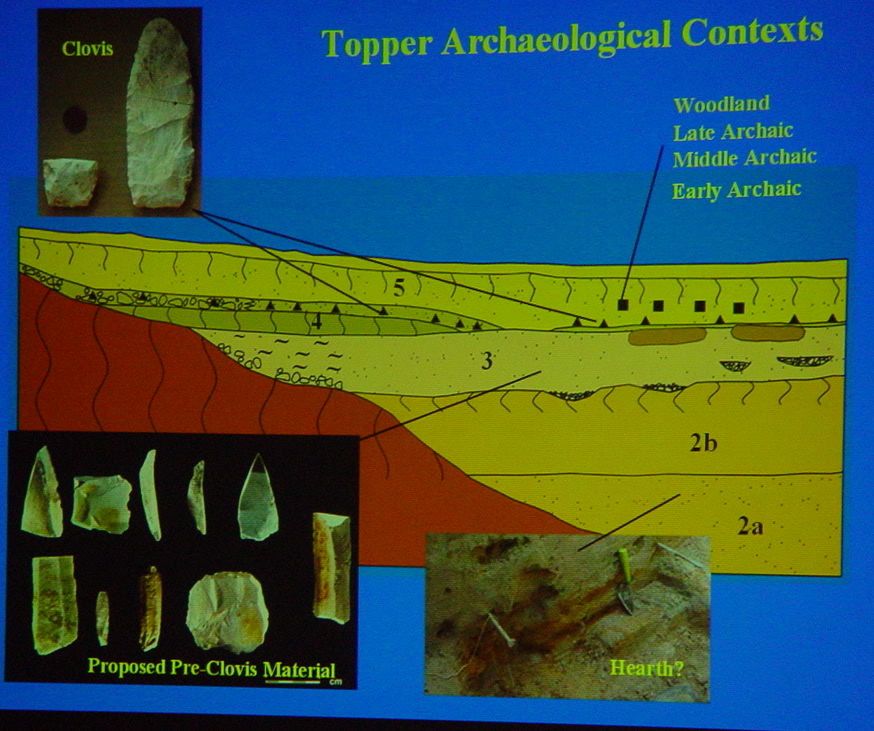
Figure 2: Diagram from the paper by Waters, Forman, Stafford and Foss showing the locations of the Clovis and Preclovis remains.
Another of the formal papers at the conference by Waters, Forman, Stafford and Foss dealt with the stratigraphy and geological history of Topper. Figure 2 is from that paper and depicts the strata as defined in the stepped walls shown on the left side of Figure 1. The excavations of the main trench had to be stepped in for safety. The Clovis and later levels are all in the upper meter of Topper site deposits. Goodyear indicated flakes and rock concentrations were found all through Stratum 2. A possible hearth was found deep in Stratum 2 that produced sufficient charcoal for radiocarbon dating. Two assays were run and provided dates of 50,000+ years ago. The dates are "dead" dates and that means there was not sufficient C14 to yield a measurable date. The date indicates the materials are very old if they are associated with actual tools.

Figure 3: Early stage Clovis preform from the Topper site.
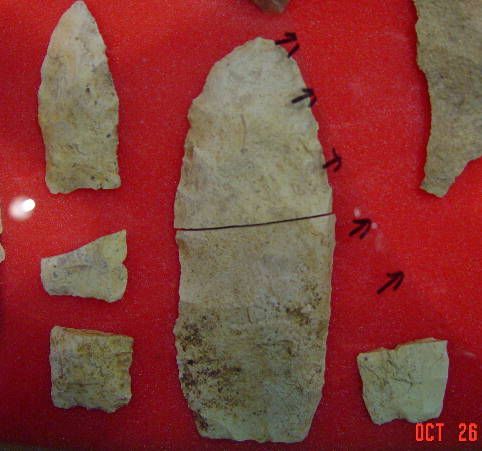
Figure 4: Middle state Clovis preforms from the Topper site.
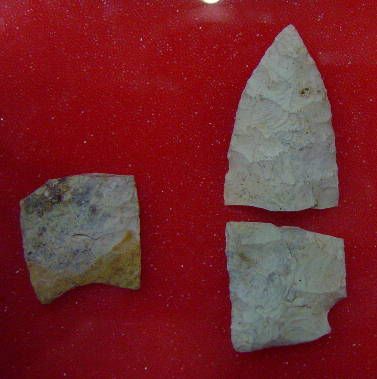
Figure 5: Late stage Clovis preforms from the Topper Site.
Goodyear presented data concerning the Preclovis "artifacts" during his formal paper. He showed some unifacially chipped items that certainly appeared to be good tools (Figures 6-9). However, only a few lithic items appeared to be intentionally retouched.
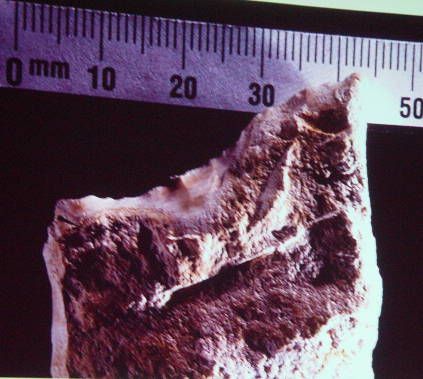
Figure 6: Unifacial spokeshave-like tool from the upper Preclovis level with oblique lighting to show/enhance viewing of the flaking pattern.

Figure 7: A view of the same(?) item in Figure 6 "live" at the conference Topper Preclovis display.
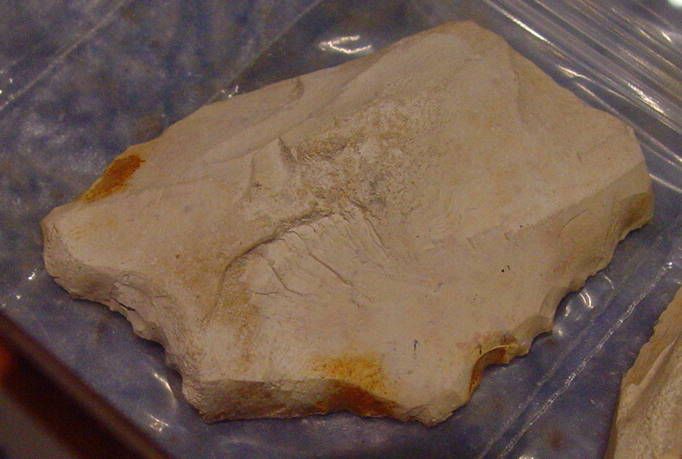
Figure 8: Another unifacially flaked tool "live" from the Topper Preclovis display. This tool actually looks even better than what is shown in the photograph. It is clearly chipped around the periphery of its edges. Some indirect lighting would really bring out the flake scars that don't show up well in this photograph.
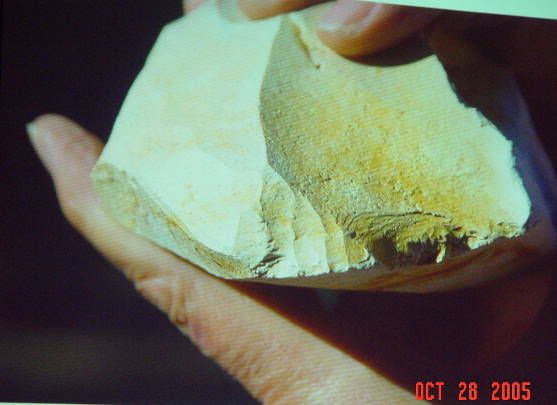
Figure 9: A large chert chunk with at least four parallel flakes unifacially removed from an edge from the Preclovis level at Topper. Additional flaking appears to occur to the right of these flakes in this photograph from Goodyear's paper.
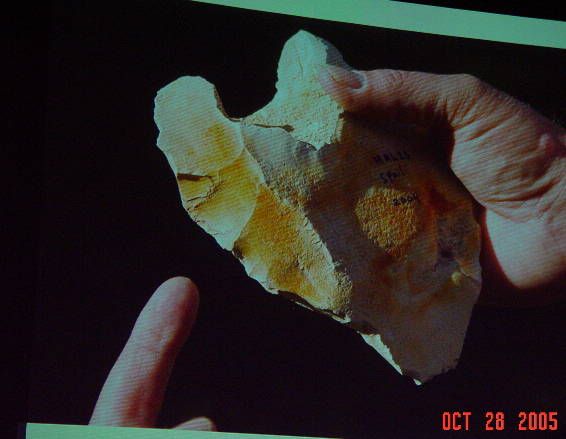
Figure 10: Chert cobble from the upper Preclovis level at Topper displaying evidence of intentional flaking.
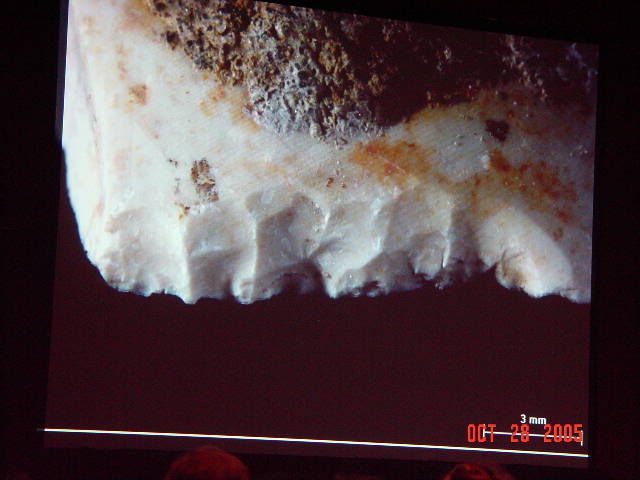
Figure 11: Unifacial flaking along the edge of a flake. This appears to be intentional flaking because of the deep notching where each flake was struck off from the edge. It suggests flaking with a fairly pointed or narrow flaking instrument.
Most of the better evidence provided by Goodyear was photographs of use wear on the chert items from the upper Preclovis level. This consisted of unifacially removed flakes along edges of the "tools." The best examples are in Figure 12.
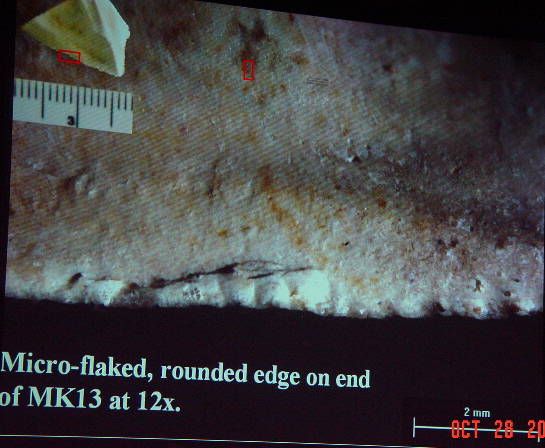
Figure 12: Unifacial removal of nibbling flakes along the edge of a flake. Goodyear interprets this flaking as evidence of use wear.
Goodyear also talked a lot about a series of flake "tools" that were produced by a technique he has named "Bend-Break Technology." This technology produces burin-like tools used for working bone and wood by simply snapping the flake on an anvil. These burin-like tools have two beveled edges that meet in an acute angle. Goodyear provided a photograph of one of these burin-like tools with use wear flakes along one of the edges in his paper (Figures 13). Additional shots of some bend-break "tools" are presented in Figures 14 and 15.

Figure 13: A bend-break burin-like tool with a photomicrograph shot showing nibbling use wear flakes along one lateral edge. This specimen is from the upper Preclovis level at Topper.

Figure 14: A "live" shot of the bend-break burin-like tool depicted in Figure 13.

Figure 15: A "live" shot of another bend-break burin-like tool from the upper Preclovis level at Topper.
Another use wear shot from Goodyear depicts a flake(?) that shows edge rounding and polishing (Figure 16). The type of polish suggests use on a flesh or wood.
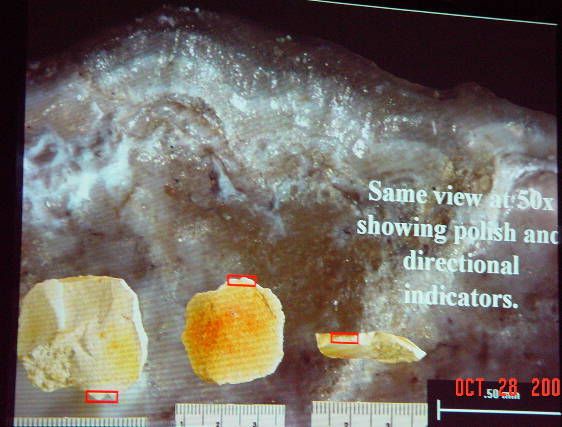
Figure 16: Shot of a flake from the upper Preclovis level at Topper that shows a rounded and polished edge.
The final type of wear pattern Goodyear showed was a batch of striations that were found along the edge of another Preclovis flake. He believed it shows use in a back-and-forth pattern on a resistant substance.

Figure 17: Striations found on the edge of a Preclovis flake from Topper. Note the criss-crossing pattern.
Goodyear's presentation showed there were at least some tools and used flakes in the materials from the upper Preclovis level at Topper that they believe date to circa 16,000 years ago. There also are supposedly many flakes with striking platforms and bulbs of percussion, although very few were shown. Goodyear also indicated similar materials were found in the lower levels, but did not depict any of those materials.
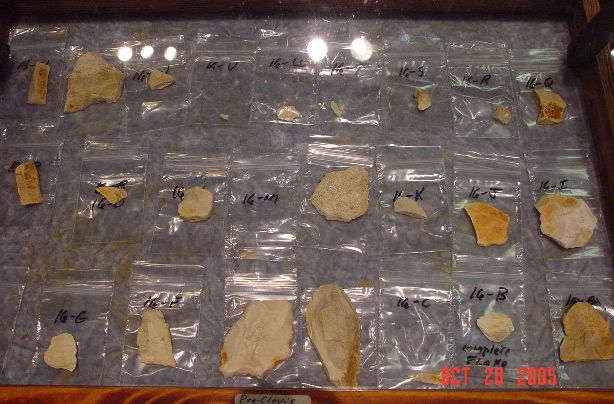
Figure 18: A "live" shot of the tray of materials from the upper Preclovis level at the Topper Site.
My opinion: I think that Goodyear does have a few actual tools and used flakes in the upper Preclovis levels from Topper. However, I was not convince that his Bend-Break Technology could only be the result of flint knappers producing flake sections. Also, some of the flake items he provided for viewing appear to lay perfectly flat (Figure 18). There was no curvature to even the blade-like sections that were laid out for viewing. If these flakes were intentionally struck off of larger flakes or cores, there should be some curve to the flake (i.e., dorsal-ventral curve). The lack of such a curve implies these could have been produced through natural processes. Supposedly, these were some of the best flakes and tools from the Preclovis levels and most were not all that convincing of having been real flakes or tools. I would have really like to view some of the flakes with bulbs of percussion and striking platforms. A pile of these laid out for viewing may have done more to convince folks that there are real artifacts that some of those that were displayed. So my basic feeling is there is a Preclovis presence at Topper, but that there also are a lot of specimens that could have been produced via natural processes. I will have to withhold any comment about the 50,000 BP + materials until they are provided for examination.
I did talk to several other people about what they thought of the Preclovis materials from Topper. Some felt as I did that there are a few genuine artifacts present, but most of the specimens were not human produced artifacts. Others were even more skeptical and felt all of them were produced by natural processes. They indicated that unifacial flaking and unifacial edge damage flaking that Goodyear showed as proof of use can be produced by simple pressure along the edge either by soils or during freeze-frost cycles. Similarly, striations can be produced naturally as the tool is moved by water or soil creep. I certainly do not disagree with the claim that natural processes can produce nibbling flakes and striations along tool edges. However, some of the specimens displayed flaking that was a little too regular, and at least one specimen displayed flaking done with what appears to be a very narrow tool or pressure flaker (see Figure 11). I also was not impressed by the striation evidence and feel it could have been produced naturally. However, the rounded and polished edge of the one flake tool is not like the result of natural processes. I would have been more convinced that Bend-Break Technology was real if the tips of the burin-liked tools displayed a similar rounding and polishing. That should have occurred if they were used as burins to work wood and bone.
One of the biggest problems was the statement made during the site visit by Goodyear that the soil matrix containing the upper Preclovis materials represented a braided stream deposit. Many took that as proof that the flakes were rolled around in a stream channel and could have chipped each other through collisions. Also, why would people live in the middle of a stream? However, I think that Goodyear's statement was misunderstood or was a misstatement on his part. There were no channel lag, point bar or sand bar deposits evident in the profiles that would convince me that they were part of an actual stream channel. The geological paper indicated that there was a period of time when the streams of the area were more braided than meandering. They still periodically flooded, producing overbank sediments at the site, but the site itself was not part of an active channel. I think this is what Goodyear meant when he said the deposits were from a braided stream. In any case, it certainly caused some attendees to conclude the Preclovis "artifacts" were all produced by natural processes.
Another problem that still remains to be explained is why the radiocarbon dates from the site appear to be out of sync with the remains recovered (Figure 19). The dates from the upper levels are much too young for the associated artifacts. Only OSL dates appear to fall into line with the associated artifacts. Thus, something appears to be affecting the geological processes at the site.
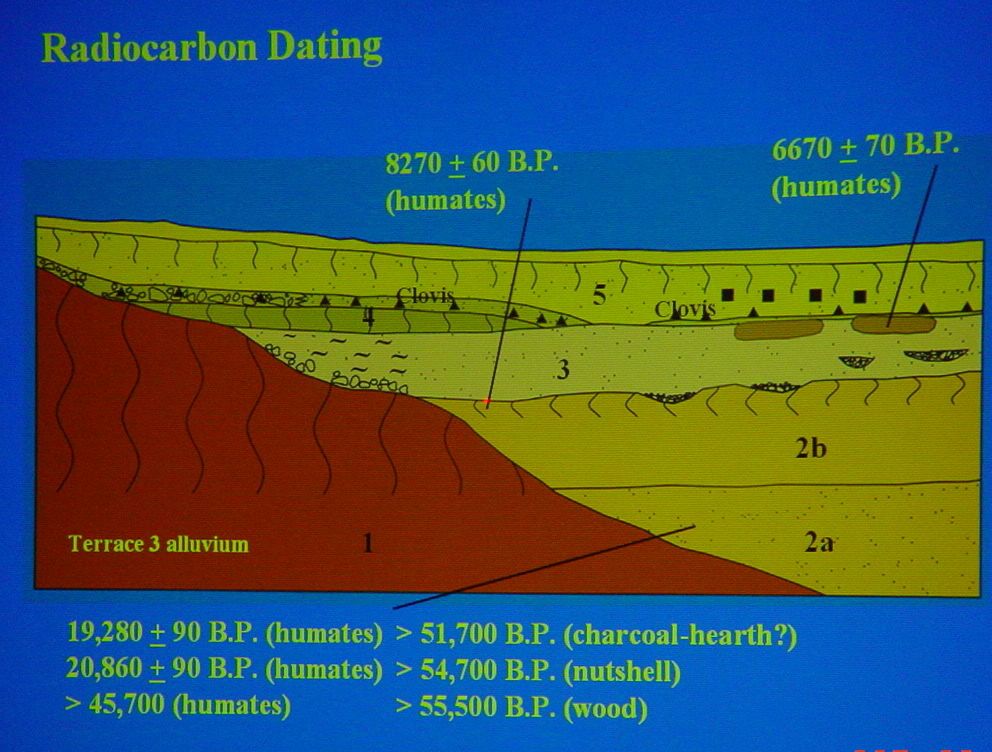
In summary, those of us who thought Topper had a Preclovis occupation continued to think so, those that did not continued with that belief and those on the fence probably stayed there after the field visit. Goodyear and his people should be commended on hosting a very interesting conference. No matter what one believed, we all learned a lot at the conference,.
